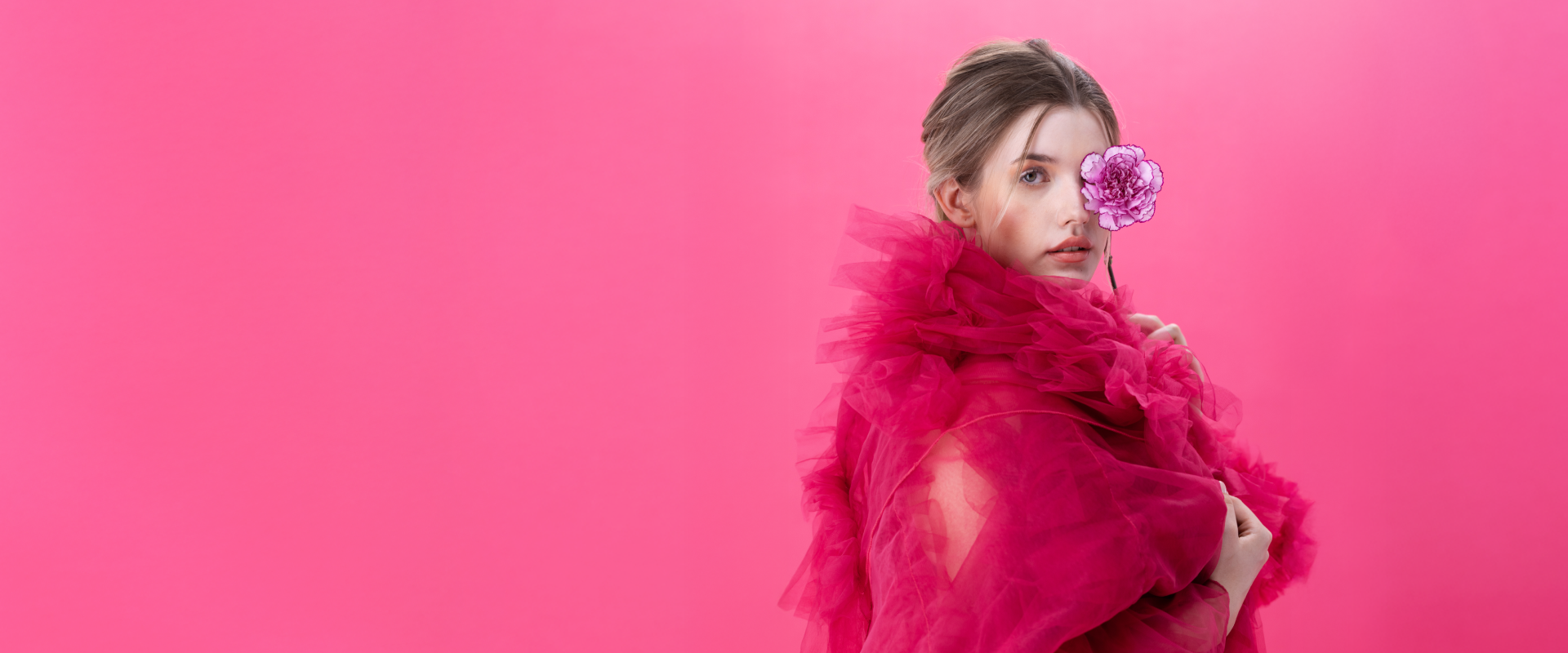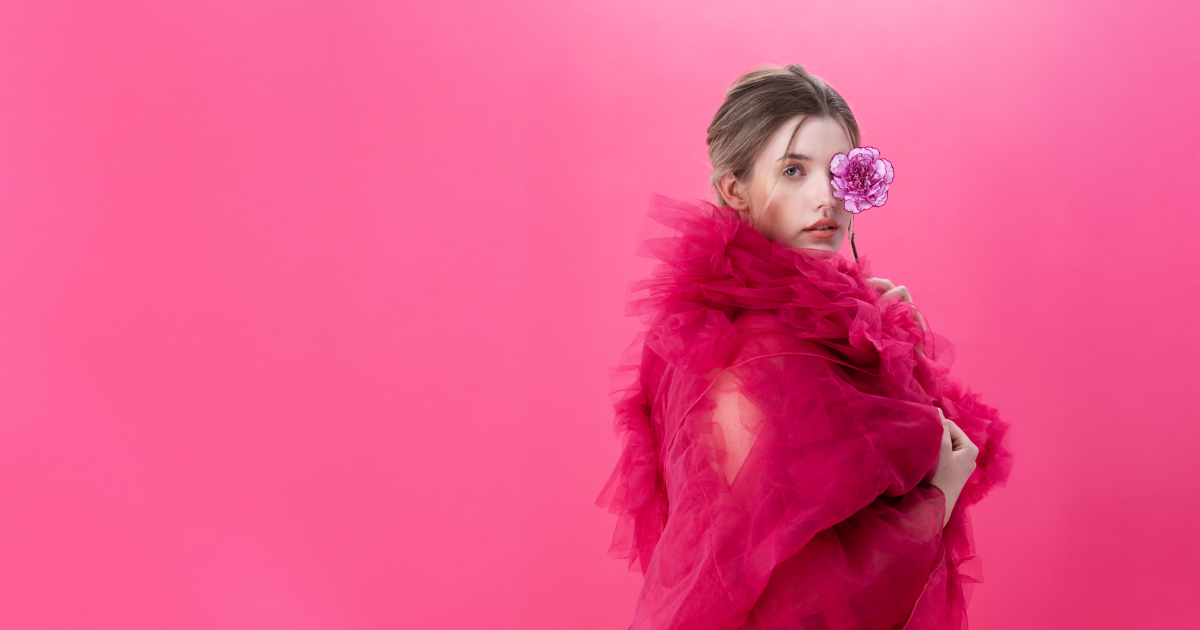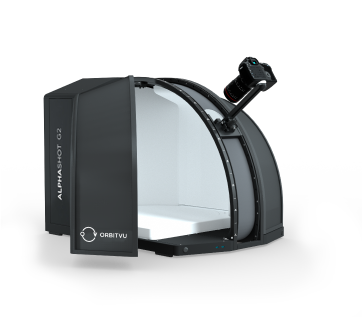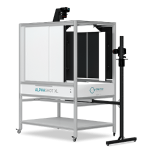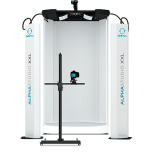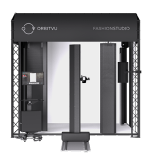Fashion photography trends in 2025 for e-commerce: let your creativity run wild
It's obvious that in fashion e-commerce, visuals are important. 75% of online shoppers consider product photos crucial to their purchasing decisions. Moreover, high-quality images can boost conversion rates by up to 30%.
As trends evolve, embracing trends or innovations like AI-powered studios and 360-degree views becomes essential. Whether you're a fashion brand owner, e-commerce entrepreneur, or photographer, this blog post offers insights to craft compelling visuals that drive sales. Let's begin!
Table of contents
- The most popular types of fashion product photography
- Fashion photography trends of 2025
- Bold and vibrant color palette
- Interactive content
- Inclusive & diverse photography
- Retro & vintage style
- Authenticity
- Fusion of AI technology with traditional photography
- Close-up detailed photography
- The impact of product photography on purchasing decisions
- Real-world results: how Orbitvu clients improved their photography
- How will you use these trends in e-commerce product photography?
The most popular types of fashion product photography
In fashion e-commerce, the presentation of products through various photography styles definitely influences consumer engagement and purchasing decisions. Each style offers unique benefits to e-commerce businesses and caters to different brand aesthetics and customer preferences.
Let's look at the most popular ones before moving on to 2025 trends.
Flat lay photography
Flat lay photography is about arranging clothing and accessories on a flat surface and photographing them from above. This style emphasizes the design and details of each item, often creating a minimalist and organized appearance.
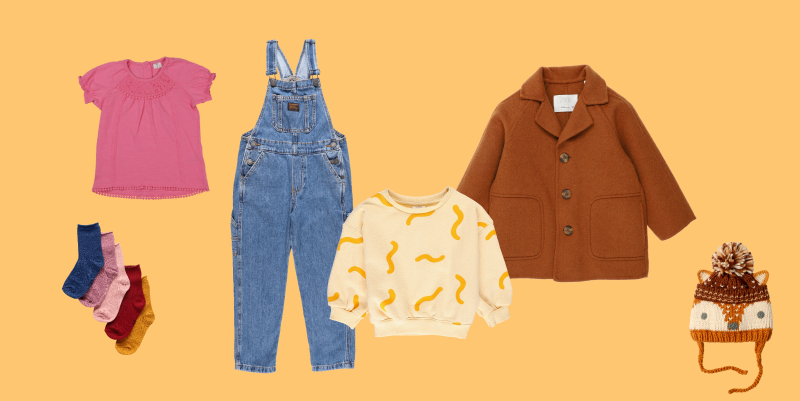
Benefits:
- Versatility: allows for creative compositions, showcasing entire outfits or focusing on individual pieces.
- Cost-effective: eliminates the need for models or complex setups, reducing production costs.
Limitations:
- Lacks depth: may not convey how items fit or drape on the body.
- Limited engagement: might not evoke strong emotional connections compared to lifestyle images.
Ghost mannequin photography
This technique uses mannequins to display clothing, which are later edited out of the final image, giving the apparel a hollow or "ghostly" appearance. It effectively showcases the fit and structure without distractions.
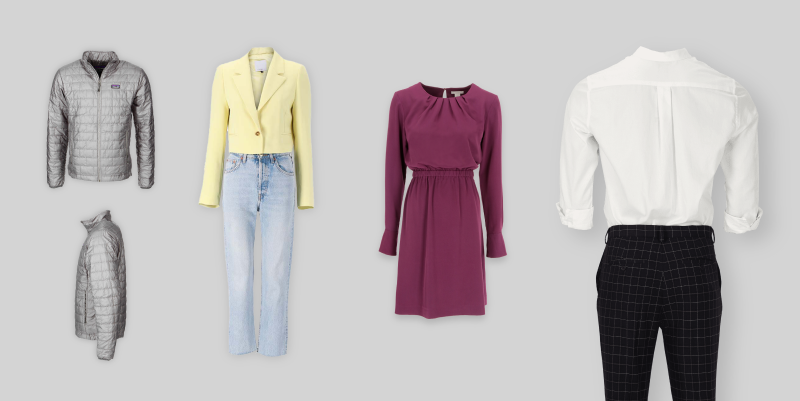
Benefits:
- Focus on fit: Highlights how garments sit on the body, aiding customers in understanding the product's shape.
- Consistency: Provides uniformity across product images, maintaining a cohesive look on e-commerce platforms.
Limitations:
- Involves an intensive editing process: requires meticulous post-production work to achieve a seamless look.
- Lacks human element: the absence of models may result in a less relatable presentation.
Model photography
This style showcases clothing in real-life scenarios, whether in-studio or on location.
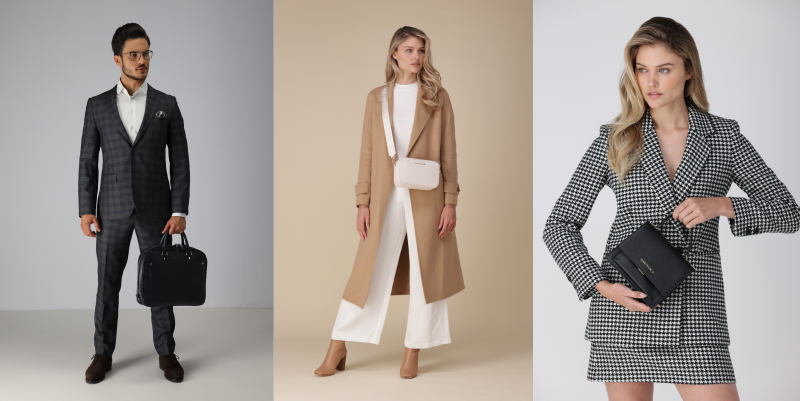
Benefits:
- Relatability: helps customers envision themselves wearing the items, potentially increasing purchase intent.
- Brand storytelling: conveys brand identity and lifestyle through curated settings and model expressions.
Limitations:
- Higher production costs: this involves hiring models and stylists and possibly renting locations.
- Logistical challenges: coordinating schedules and managing larger teams can be complex.
360-degree product photography
This approach captures products from multiple angles, allowing customers to interactively rotate and view items in 360 degrees.
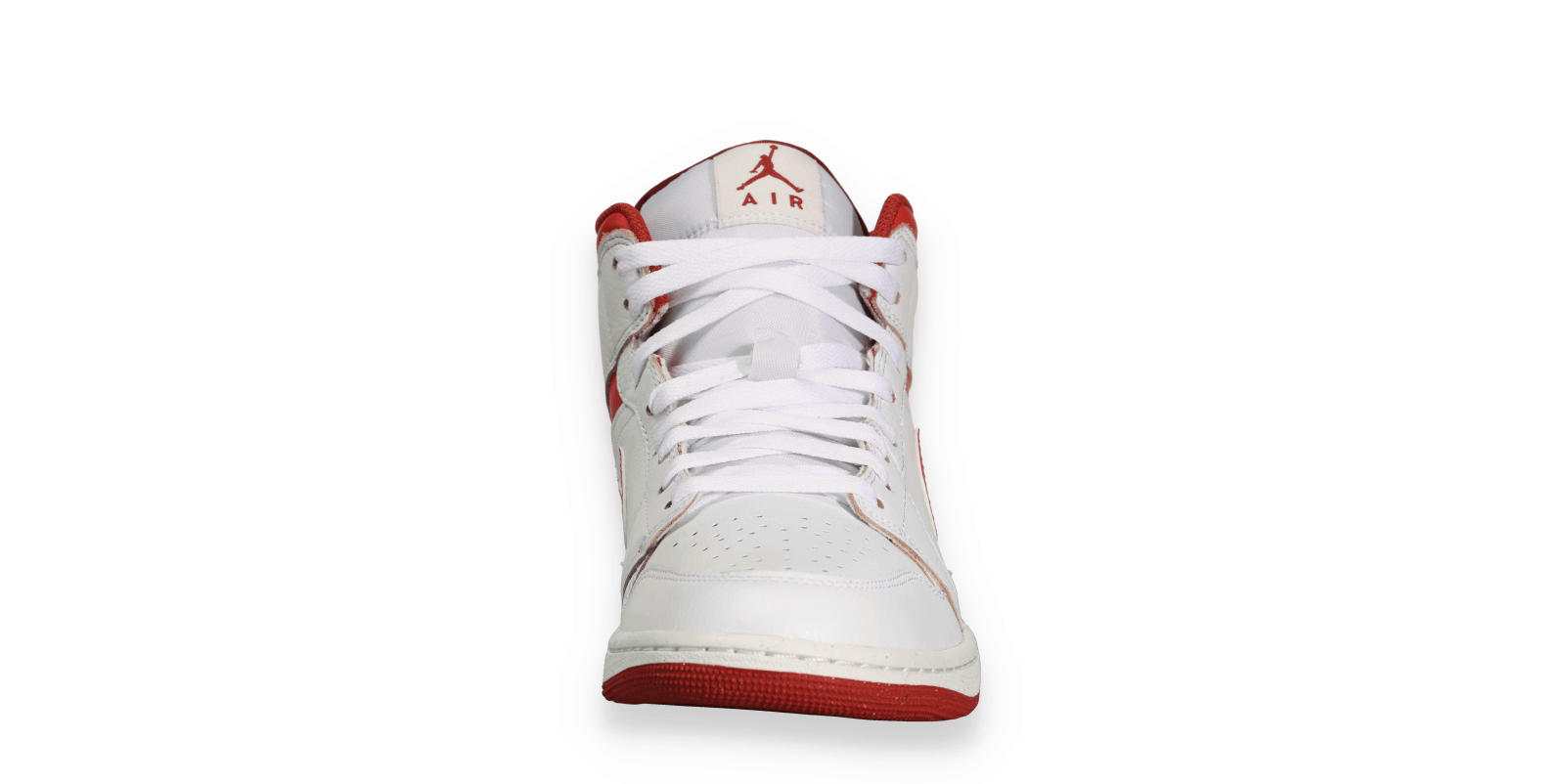
Benefits:
- Enhanced engagement: interactive elements can increase time spent on product pages.
- Customers make more informed decisions: spins provide a comprehensive view, reducing uncertainties about the product.
Limitations:
- Technical requirements: 360s require specialized equipment and software for capture and display.
- Loading times: high-resolution interactive images may affect website performance if not optimized.
Fashion photography trends of 2025
Understanding photography trends is essential for professional photographers to remain competitive. Now that we know about the most known fashion product photography types, let's see the 2025 photography trends and how they can correlate, making your content trendy and on-brand.
Bold and vibrant color palette
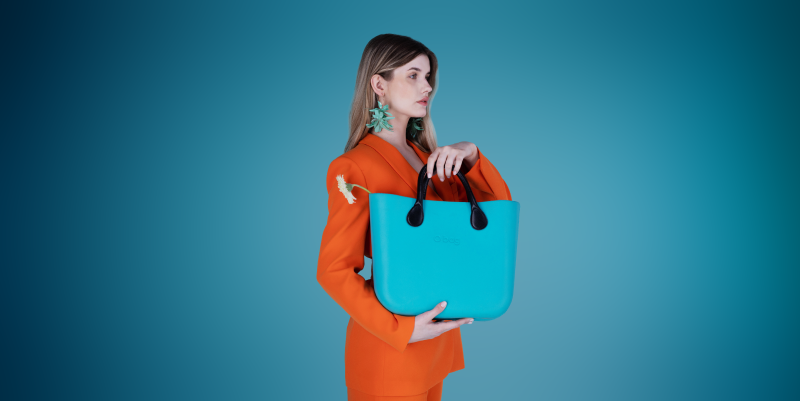
Bright colors make you stop and look at them. Bold color matches are hard to forget.
Vibrant, high-contrast shades will definitely dominate this year - not only in product and brand photography but in lifestyle photography as well.
Interactive content
Rich content has consistently gained popularity over the years. It’s no surprise why. As we spend more time online, the shopping experience has to be transformed into more immersive.
Combining photos, videos, and 3D views provides potential customers with enough information about the product, reducing any uncertainties or doubts.
Inclusive & diverse photography
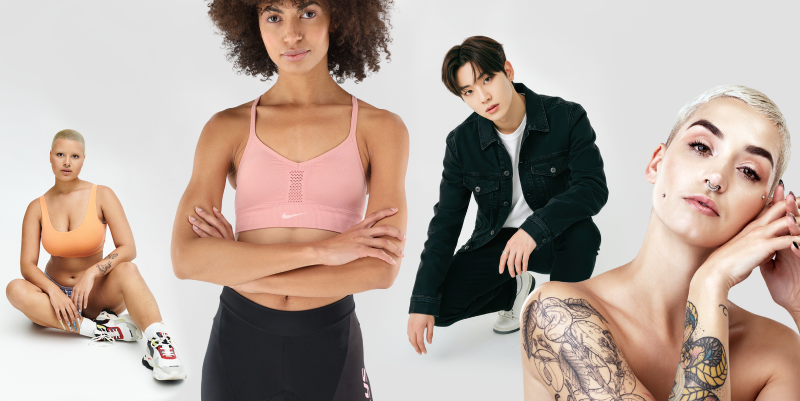
Inclusivity plays a big part in fashion photography. Photographers are committed to showcasing models of different races, body types, genders, abilities, etc. As a result, e-commerce campaigns are becoming more and more inclusive.
Retro & vintage style
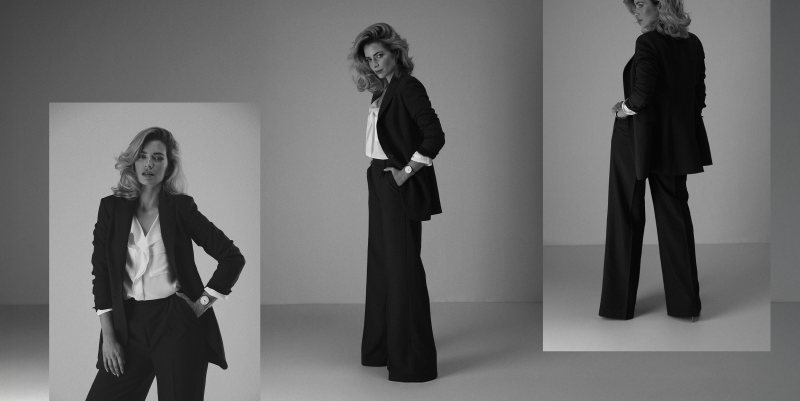
There wouldn't be a complete trends list without a little nostalgia. Retro style is also a big part of professional photography in 2025. Black and white, grainy film texture, film-inspired shots, and faded colors give your photos a certain je ne sais quoi and bring out the sentimental feel in the customers.
Authenticity
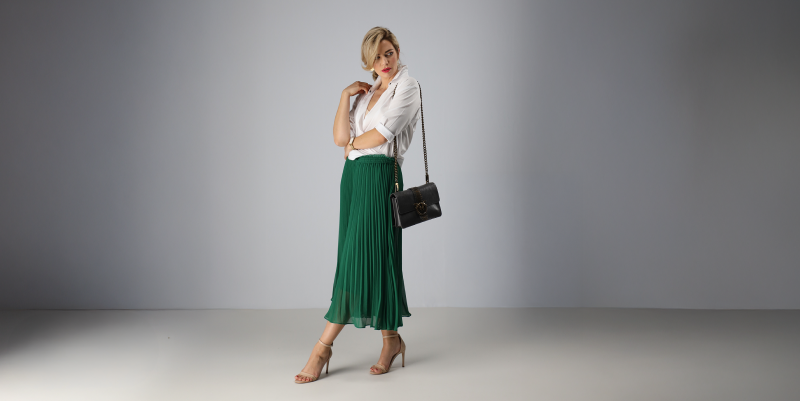
Authentic, raw content is something much needed in today's AI-exploited world, especially in e-commerce product photography. Natural light, camera settings that highlight the intricate details and fabrics of products, and little post-processing - these will help you create images that sell.
Fusion of AI technology with traditional photography
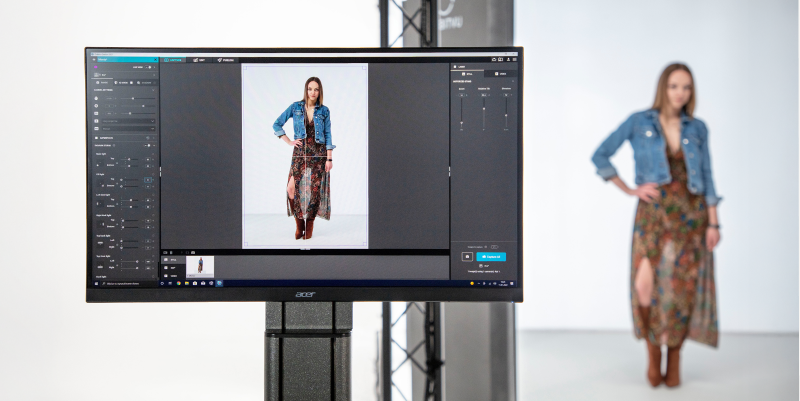
Speaking of AI, the blend of AI with traditional photography was inevitable.
Technologies like artificial intelligence (AI), augmented reality (AR), and virtual reality (VR) changed our approach to creative work. Now, everyone can be a content creator. AI-powered photo studios, like Orbitvu's Alphashot PRO G2, are the perfect fusion of technology and photo experts' knowledge. AI makes the workflow almost effortless, while the photographer still remains in full control of the process, achieving authentic, human-centered storytelling.
Close-up detailed photography
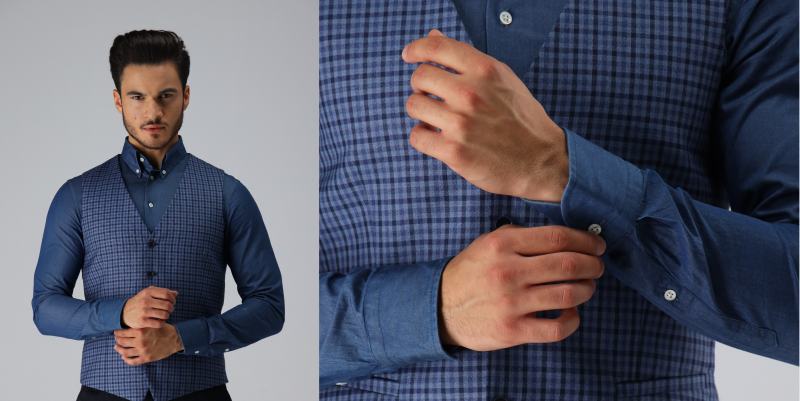
Close-up shots are a must-have trend, especially in e-commerce product photography, where intricate details, textures, and patterns make all the difference in shopping choices. Craftmanship is a key focus here.
The impact of product photography on purchasing decisions
For online fashion retailers, product images do more than showcase clothing—they shape the entire shopping experience. When customers can't touch or try on items, visuals become the deciding factor.
Why high-quality images matter
Research highlights the strong link between photography and purchasing behavior. High-quality ecommerce photography not only boosts customer loyalty toward your brand but also impacts your sales records.
- Consumer trust: 90% of online shoppers say photo quality is the most important factor in their buying decisions.
- Conversion rates: Products with professional images see a 33% higher conversion rate compared to those with lower-quality visuals.
- Returns: 22% of product returns happen because the item looks different than expected, emphasizing the need for accurate visuals.
Real-world results: how Orbitvu clients improved their photography

Some fashion and retail brands have redefined their approach to commercial photography by automating their workflows. Here's how:
- Gad & Co.: This jewelry brand improved efficiency by cutting down photo production time from hours to minutes. Their team now produces up to 100 images a day, including videos, without compromising quality.
- Wareco International: With automated photography, Wareco streamlined content production, ensuring consistency while speeding up the process.
- Dovetail Furniture: By reducing their photography workflow time by 50%, Dovetail now completes image production in half the time, allowing for faster product launches.
How will you use these trends in e-commerce product photography?
High-quality product photos that are visually appealing are a non-negotiable part of every online store. But nowadays, it takes more than that to run a successful business. By following trends and incorporating new techniques, you stay on top of the game and never let your customers get bored. Even more so, you get to engage new audiences to buy your products and become part of your community.
We hope this blog post inspired you to pursue the creative side of e-commerce product photography.
Psst! With modern solutions, it's easier than ever. Good luck!
Articles you may also like

In today’s e-commerce, content creation agencies face increasing pressure to deliver high-quality visuals quickly and efficie...
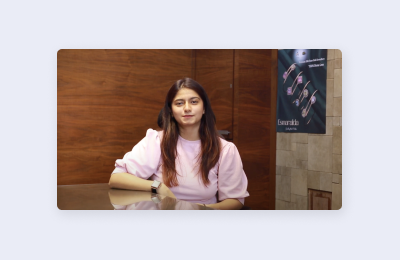
Jewelry photography is one of the most challenging fields in product imaging. The intricate details, reflective surfaces, and...
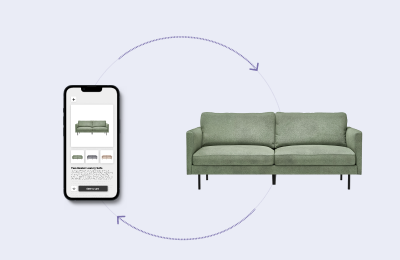
Returns are inevitable, especially in e-commerce. They’re not only necessary in today’s world but also boost customer satisfa...






